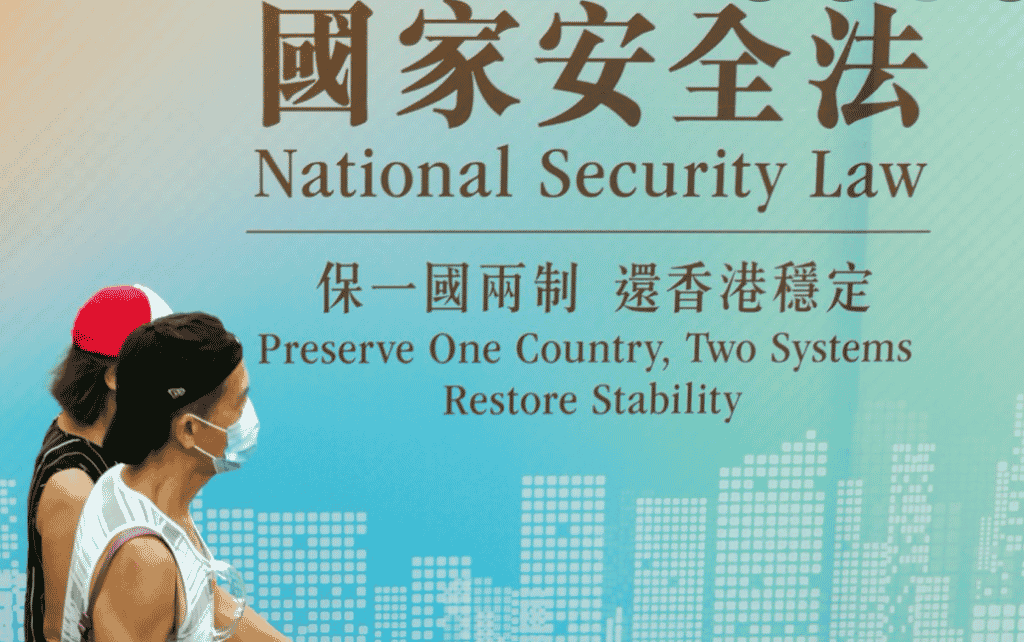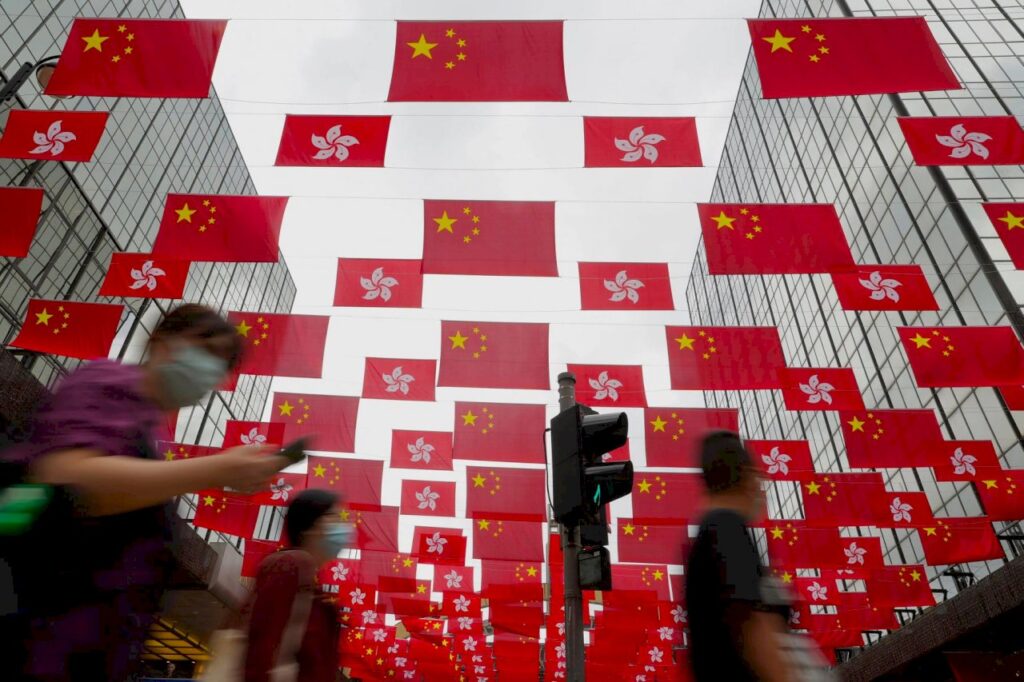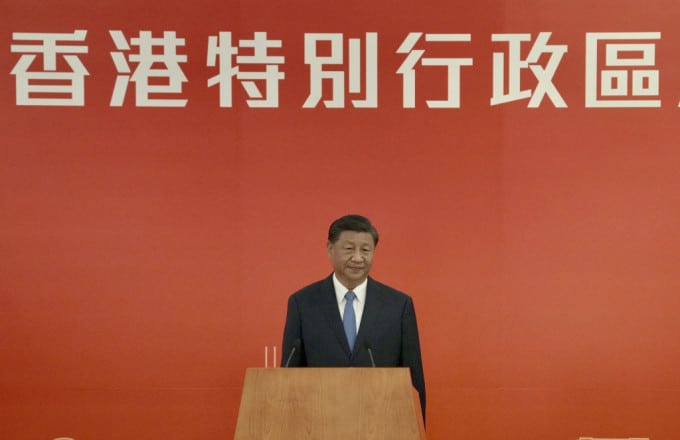After the "Hong Kong National Security Law" battle, the pro-democracy camp gained momentum with the primary election of the Legislative Council. The higher-than-expected turnout was a major focus, while the victory of the protest faction was another theme. Now that the vote counting results have settled, it is worth reviewing the past voting campaigns. The pro-democracy camp has conducted primary elections for the Legislative Council by-elections twice. The 2007 Hong Kong Island primary election was the first attempt, and only more than 300 pan-democrats and members of parliament were allowed to vote. The 2018 primary elections in Kowloon West and New East were held by voters in the district. It was expected that 8,000 people would participate, and eventually 26,000 people participated, which was close to the 10% vote share of the democratic parties in the official election.
The mobilization power of the primary election is in line with the scale
As for the general election, this year the democrats successfully coordinated the primary election for the first time. The number of polling stations increased from eight in 2018 to 250 in the five districts of Hong Kong. Based on past experience, it is estimated that the democrats will take 10% of the vote as the standard. 170,000 people voted, and the result was 610,000, equivalent to 35% of the votes won by the pro-democracy camp in last year's district council election. The participation rate increased from 10% to 35%, which is undoubtedly a substantial increase and an unexpected result. But in terms of the number of polling stations, it seems to be in line with the scale. It has to be said that they have been well prepared.
In addition to the Legislative Council primaries, the pro-democracy camp has also held several Hong Kong-wide public votes. In 2012, there was a primary election for the democratic chief executive candidate with the participation of 33,000 people, and then in the private voting for the chief executive election in the same year and 2017, 220,000 and 65,000 people voted respectively. The referendum on the universal suffrage plan on the eve of the "Occupy Central" movement in 2004 was the democratic voting movement with the strongest appeal to date, with 790,000 people leading the way. Competitiveness and importance affect mobilization, and the recent primary election falls between these private votes. Although many parties have touted the disappointing results, a more down-to-earth view may be that the primary election experience is limited, and the primary election for the general election is unprecedented, so it has not been possible to assess the fundamentals of the primary election based on evidence.
Protest leaders are further away from universal suffrage
The rising prominence of the protest faction has caused many old pan-democrats to fall into disrepute or be on the verge of being eliminated. The political landscape of the primary election tends to be "dark yellow". Firstly, it lacks the majority of free votes in formal elections. Secondly, voting methods favor the mobile phone generation. Thirdly, emerging political groups and independent amateurs have more regional stakes than traditional political parties. However, the high participation rate makes up for the acceptance. According to the online opinion group registered by Hong Kong Minyan, 80% of voters who support the pro-democracy camp will only consider candidates who qualify in the primary election. (This number is not weighted and mainly reflects the radical spectrum, so it needs to be interpreted with caution.) Even if according to the pre-election agreement, the results of the East and West constituencies in Hong Kong Island and Kowloon are not binding, it is believed that it will be difficult to persuade them to withdraw based on polling or coordination alone. Other candidates.
More than half a year ago, the protest wing was still entangled in the old saying of whether it should join the parliamentary line. After the primaries, they hijacked young voters back into institutional channels. A friend joked that as long as the protest faction sends out two lists, traditional pan-democrats will withdraw from the political arena. Retiring from politics is certainly a bold statement, but if some high-vote teams cultivate the No. 2 candidate, it is not impossible for the democratic camp to be led by the protest faction starting from the next term. Which one is good and which one is bad? It is just that the parliament will become different, with a sense of resistance filling the chamber, street movements extending into administrative and legislative deadlock, the democratic camp unable to tolerate the art of compromise, and the goal of double universal suffrage getting further and further away.
Ray Poon
Co-Convenor (Research), Path of Democracy



